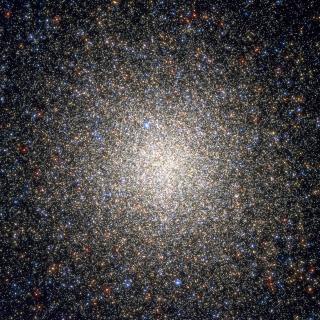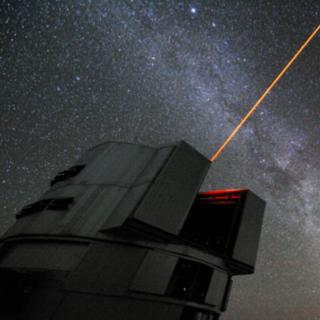Bibcode
Gallart, C.; Monelli, M.; Mayer, L.; Aparicio, A.; Battaglia, G.; Bernard, Edouard J.; Cassisi, Santi; Cole, Andrew A.; Dolphin, Andrew E.; Drozdovsky, I.; Hidalgo, S. L.; Navarro, Julio F.; Salvadori, Stefania; Skillman, Evan D.; Stetson, Peter B.; Weisz, Daniel R.
Referencia bibliográfica
The Astrophysical Journal Letters, Volume 811, Issue 2, article id. L18, 6 pp. (2015).
Fecha de publicación:
10
2015
Número de citas
120
Número de citas referidas
109
Descripción
We discuss how knowledge of the whole evolutionary history of dwarf
galaxies, including details on the early star formation events, can
provide insight on the origin of the different dwarf galaxy types. We
suggest that these types may be imprinted by the early conditions of
formation rather than only being the result of a recent morphological
transformation driven by environmental effects. We present precise star
formation histories of a sample of Local Group dwarf galaxies, derived
from color–magnitude diagrams reaching the oldest main-sequence
turnoffs. We argue that these galaxies can be assigned to two basic
types: fast dwarfs that started their evolution with a dominant and
short star formation event and slow dwarfs that formed a small fraction
of their stars early and have continued forming stars until the present
time (or almost). These two different evolutionary paths do not map
directly onto the present-day morphology (dwarf spheroidal versus dwarf
irregular). Slow and fast dwarfs also differ in their inferred past
location relative to the Milky Way and/or M31, which hints that slow
dwarfs were generally assembled in lower-density environments than fast
dwarfs. We propose that the distinction between a fast and slow dwarf
galaxy primarily reflects the characteristic density of the environment
where they form. At a later stage, interaction with a large host galaxy
may play a role in the final gas removal and ultimate termination of
star formation.
Based on observations made with the NASA/ESA HST, which is operated by
the AURA, under NASA contract NAS5-26555. Observations associated with
programs #8706, #10505, and #10590.
Proyectos relacionados

Vía Láctea y galaxias cercanas
El objetivo general del Proyecto es el estudio de la estructura, historia evolutiva y proceso de formación de galaxias a través de sus poblaciones estelares resueltas, tanto a partir de fotometría como espectroscopia. El proyecto puede dividirse en cuatro líneas principales: I. Historia de formación estelar en el Grupo Local. El objetivo de esta
Martín
López Corredoira

Evolución Galáctica en el Grupo Local
La formación y evolución de galaxias es un problema fundamental en Astrofísica. Su estudio requiere “viajar atrás en el tiempo”, para lo cual hay dos enfoques complementarios. El mas extendido consiste en analizar las propiedades de las galaxias a diferentes distancias cosmológicas. Nuestro equipo se concentra en el otro enfoque, denominado
Emma
Fernández Alvar